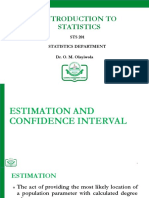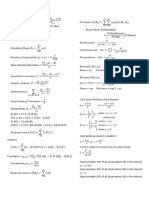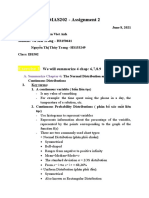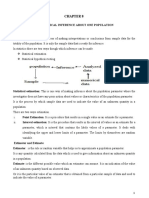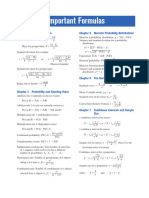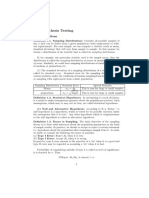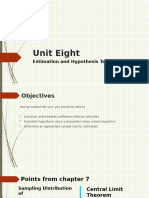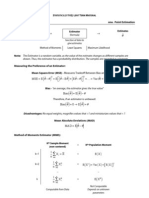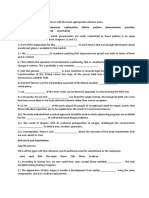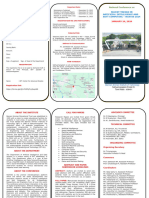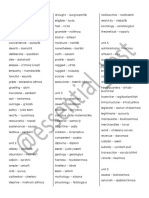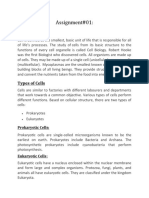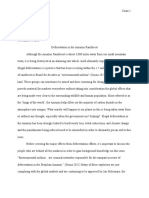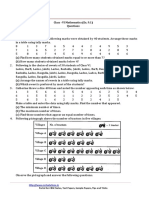0% found this document useful (0 votes)
19 views29 pagesStatistics for Data Analysts
Summarized Cheat Sheet - Hypothesis Testing
Uploaded by
sayantini123bakCopyright
© © All Rights Reserved
We take content rights seriously. If you suspect this is your content, claim it here.
Available Formats
Download as DOCX, PDF, TXT or read online on Scribd
0% found this document useful (0 votes)
19 views29 pagesStatistics for Data Analysts
Summarized Cheat Sheet - Hypothesis Testing
Uploaded by
sayantini123bakCopyright
© © All Rights Reserved
We take content rights seriously. If you suspect this is your content, claim it here.
Available Formats
Download as DOCX, PDF, TXT or read online on Scribd
/ 29


